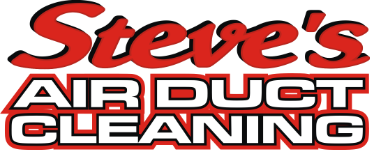Five Common Winter HVAC Hazards and How to Fix Them
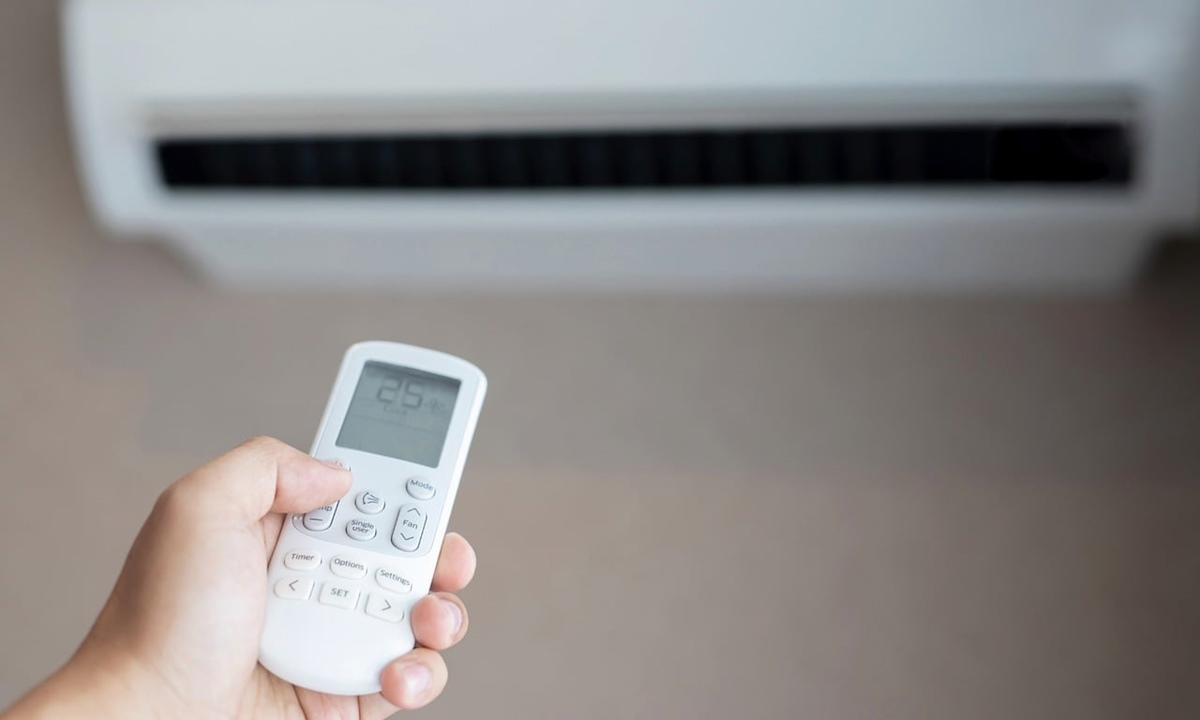
When the HVAC system goes on the fritz during the summer, it's not good, but you can always whip out a fan or two to compensate until the repairman arrives and sets things right. That's not so easy to do during the dead of winter.
Not everyone happens to have portable heaters lying around - and the repairman you need could very well be snowed in somewhere. If your pipes freeze before an HVAC technician gets to perform furnace cleaning and repair, you're going to have a whole slew of secondary problems as well.
In the following guide, the Steve's Air Duct Cleaning team explores five common winter HVAC hazards and recommendations to effectively address each issue.
ONE: The Temperature Drops Unexpectedly
For such a tiny piece of the overall HVAC system, the thermostat has an outsized influence on how things work. If the temperature in your home suddenly drops off a cliff, it may be the fault of the furnace or a faulty thermostat. Some indications that the heat problem lies with your thermostat include:
- Temperatures that rise and fall in a manner that's not consistent
- Your furnace stops turning on and off automatically
- The display screen on the thermostat is blank or is displaying gibberish
- You change the batteries for the thermostat, but the problem doesn't go away
If you notice two or more of the above signs, there's a good chance you've got a faulty thermostat. It may need to be rewired or replaced outright. But you're going to need to call an HVAC technician to find out.
How to Address This Issue

- Check the Thermostat: Replace the batteries if you haven't already. Ensure it's set to the correct mode and temperature.
- Inspect for Obstructions: Ensure nothing is blocking the thermostat sensors.
- Reset the Thermostat: Sometimes resetting the thermostat can fix minor issues.
- Call an HVAC Technician: If the above steps don't resolve the issue, call a professional to inspect and possibly rewire or replace the thermostat.
TWO: A faulty heat pump
Heat pumps are increasingly popular these days. From a technical standpoint, however, they are prone to problems that can result in uneven or insufficient heat delivery just when you need it most. Those problems include broken fan motors and blocked coils. Also, if your heat pump does not offer automatic defrost or the automatic defrost is broken, that will greatly interfere with its ability to do its job. If you suspect the automatic defrost on your heat pump is broken, enlist a pro to fix it immediately. Why immediately? Because failing to fix it in a timely fashion could result in...
How to Address This Issue
- Check for Ice Buildup: Inspect the outdoor unit for ice and clear any visible obstructions.
- Clean Coils: Ensure the coils are clean and free of debris.
- Test Defrost Cycle: If you suspect the defrost cycle is not working, manually initiate a defrost cycle if possible.
- Contact an HVAC Technician: Have a professional diagnose and repair any issues with the fan motor or defrost system.
THREE: CO is Leaking Into the House
If your air ducts are clogged or you have a cracked heat exchanger, carbon monoxide may be leaking into your home. This is a very serious issue as CO poisoning is often fatal. In fact, carbon monoxide leaks are one of the top causes of accidental death during the winter. Unfortunately, CO gas is odorless and can be difficult to detect unless you maintain a vigilant attitude.
If carbon monoxide is leaking into your home, you or your loved ones may experience one or more of the following symptoms:
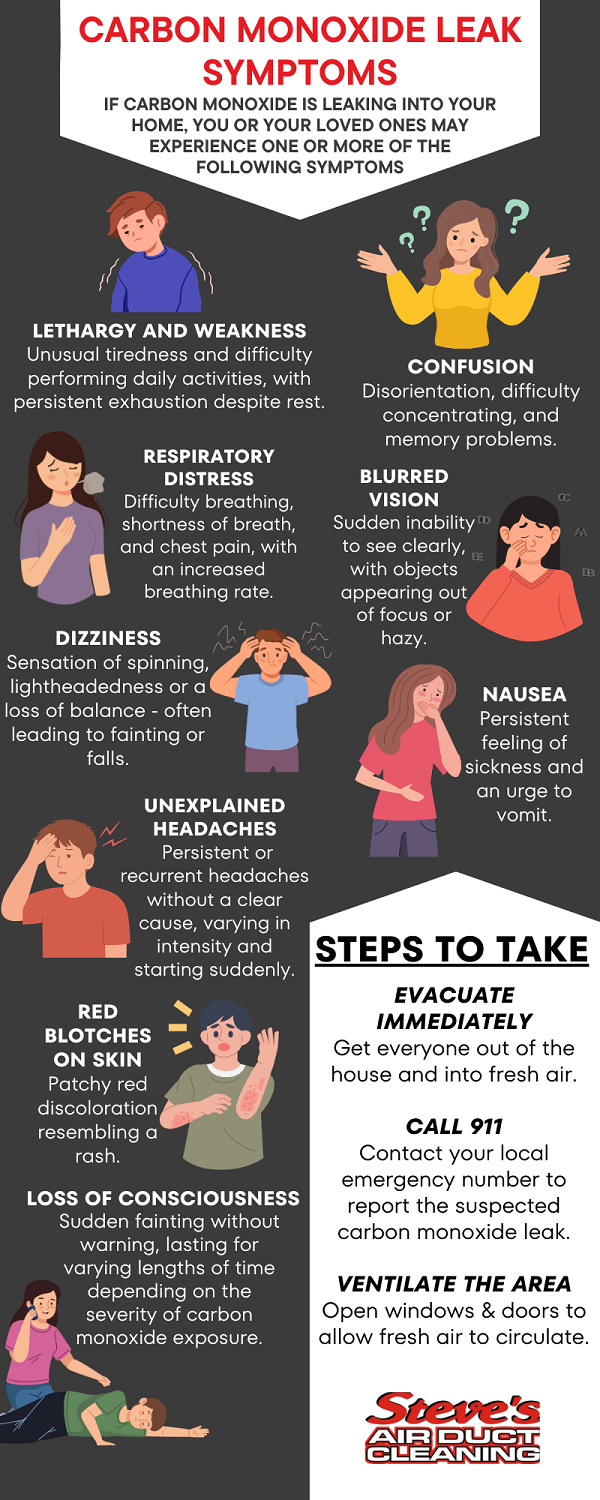
FOUR: Poor or uneven airflow
Is one room in your home colder than the others? Or does the temperature change from room to room even though you do not have the kind of system that allows for targeted temperature control? If that's the case, you're not alone. This is a problem that plagues a lot of homeowners during the winter. Fortunately, it's almost always easy to remedy. In most cases, this type of heating inconsistency is caused by furniture blocking a supply vent or the vent having been accidentally closed. In certain cases, though, it may be something more serious, like a faulty furnace motor.
How to Address This Issue
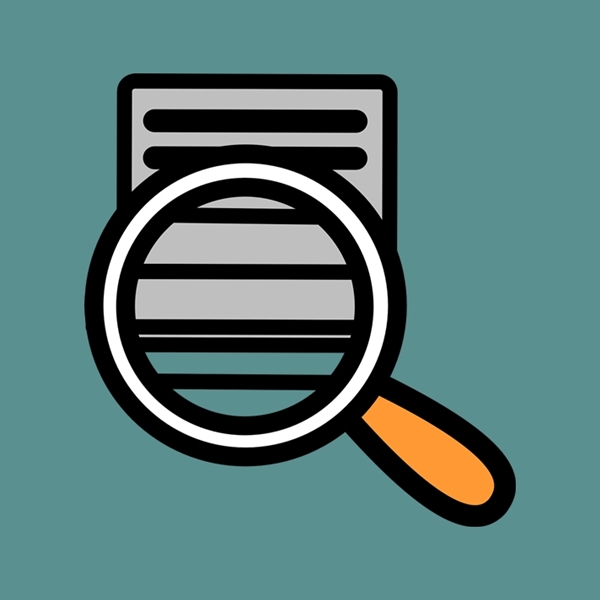
- Check Vents: Ensure all vents are open and unobstructed by furniture or other items.
- Clean Vents and Filters: Regularly clean your vents and replace HVAC filters to improve airflow.
- Inspect Ductwork: Check for any visible damage or disconnections in the ductwork.
- Call a Professional: If the problem persists, have an HVAC technician inspect your furnace and motor.
FIVE: Frozen pipes
With the exception of an unnoticed carbon monoxide leak, this is maybe the most serious problem that can befall a homeowner during the winter. Anytime the heat goes out in a house, it raises the specter of the pipes freezing and bursting, which can and often does produce tens of thousands of dollars in damage while rendering the house uninhabitable. If you're having trouble with the heat, keep a keen eye on the water pipes and watch for these five warning signs of trouble:
- Reduced water pressure
- Banging or gurgling sounds coming from the pipes
- Condensation on the outside of the pipes
- Strange odors coming from the drains
- Bulging pipes (you may have to go to the basement to see this)
If you notice one or more of these signs, shut the water off immediately and call a plumber. Remember, once the temperature drops below freezing, pipes can freeze in just 12 hours.
How to Address This Issue
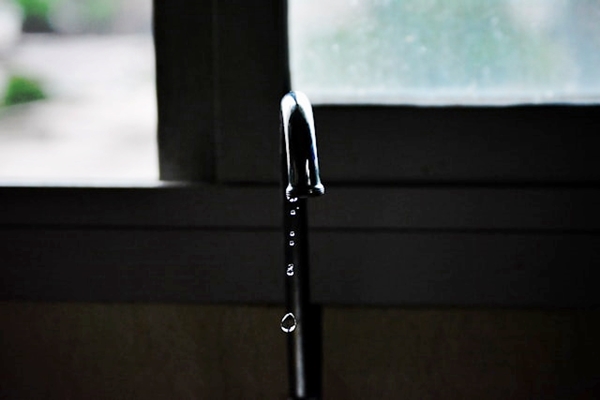
Call Steve's for Air Duct Cleaning, Furnace Cleaning and More
The last thing you want are HVAC problems in the winter. But if you keep your eyes open to the warning signs, you can help ensure small problems don't blossom into major ones.
For expert air duct cleaning or dryer vent cleaning in Broomfield, get in touch with our Arvada air duct cleaners by calling 720-419-7792 during normal business hours.
Start Breathing Easier.
Your air ducts are the lungs of your home and keeping them clean keeps you and your family healthier and your HVAC equipment working optimally.
